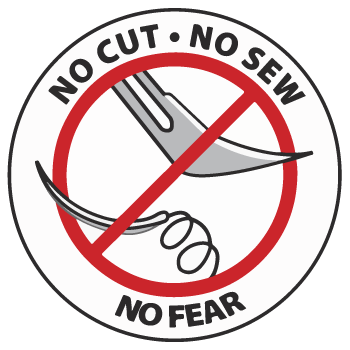Periodontal Disease Treatment
 Periodontal treatment methods depend upon the type and severity of the disease. Your Port Orange dentist and dental hygienist will evaluate for periodontal disease and recommend the appropriate treatment.
Periodontal treatment methods depend upon the type and severity of the disease. Your Port Orange dentist and dental hygienist will evaluate for periodontal disease and recommend the appropriate treatment.
What is a Periodontal disease?
Periodontal disease progresses as the sulcus (pocket or space) between the tooth and gums gets filled with bacteria, plaque, and tartar, causing irritation to the surrounding tissues. When these irritants remain in the pocket space, they can cause damage to the gums and eventually, the bone that supports the teeth!
Periodontal disease stages
If the disease is caught in the early stages of gingivitis, and no damage has been done, one to two regular cleanings will be recommended. You will also be given instructions on improving your daily oral hygiene habits and having regular dental cleanings.
If the disease has progressed to more advanced stages, a special periodontal cleaning called scaling and root planing (deep cleaning) will be recommended. It is usually done one quadrant of the mouth at a time while the area is numb. In this procedure, tartar, plaque, and toxins are removed from above and below the gum line (scaling), and rough spots on root surfaces are made smooth (planing). Medications, special medicated mouth rinses, and an electric tooth brush might be recommended to help control infection and healing.
Periodontal surgery
If the pockets do not heal after scaling and root planing, periodontal surgery might be needed to reduce pocket depths, making teeth easier to clean. Your dentist might also recommend that you see a Periodontist (specialist of the gums and supporting bone).

No Cut, No Sew, No Fear
The simple phrase “gum surgery” can strike fear into anyone’s mind, however, with technology today, this is no longer the case. Envision Dental provides the No Cut, No Sew, No Fear protocol for treating gum disease from LANAP or Laser Assisted New Attachment Procedure
Patient Benefits
- Less pain
- Less bleeding
- Less sensitivity
- Less gum loss
- Less swelling
- Very little downtime after treatment
- Less Post-op infections
- Promotes regeneration of supporting gum tissues
- Healing is perceived to be faster and more comfortable than conventional surgery
